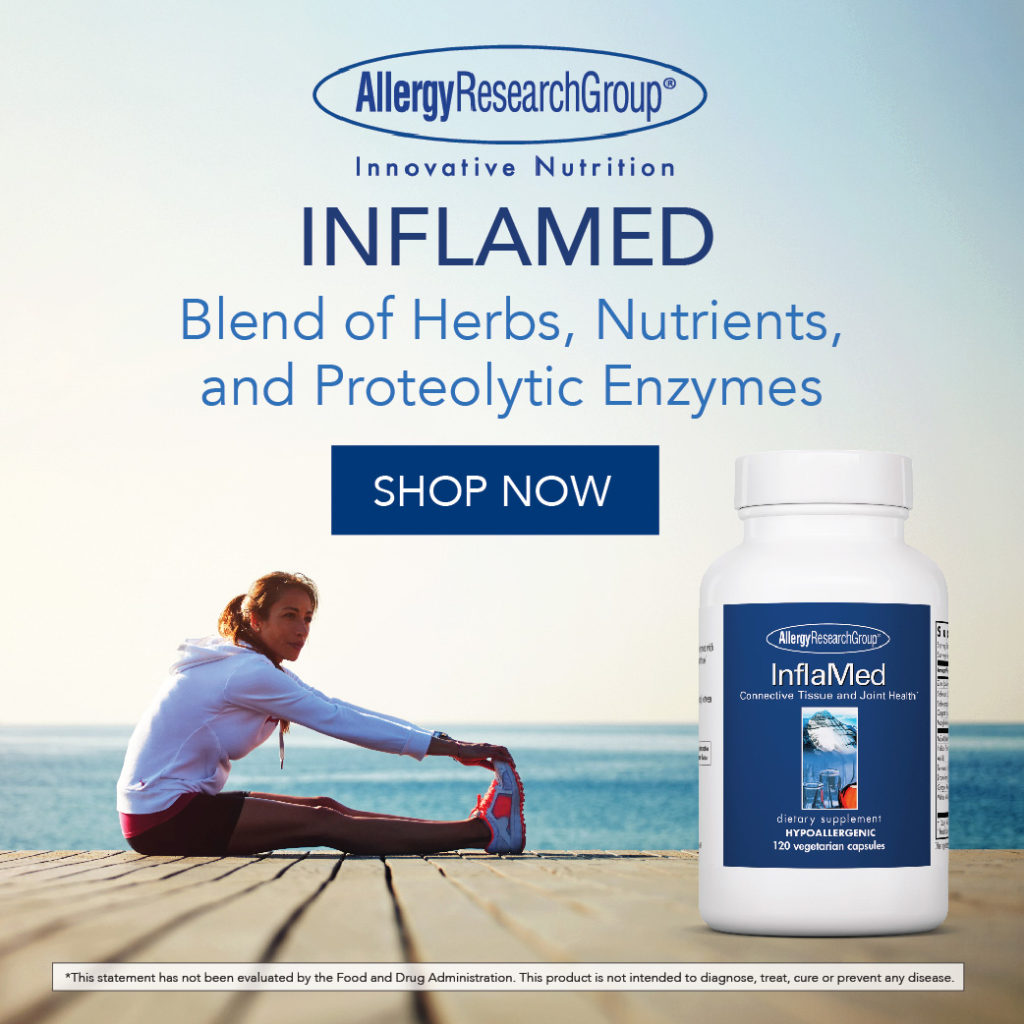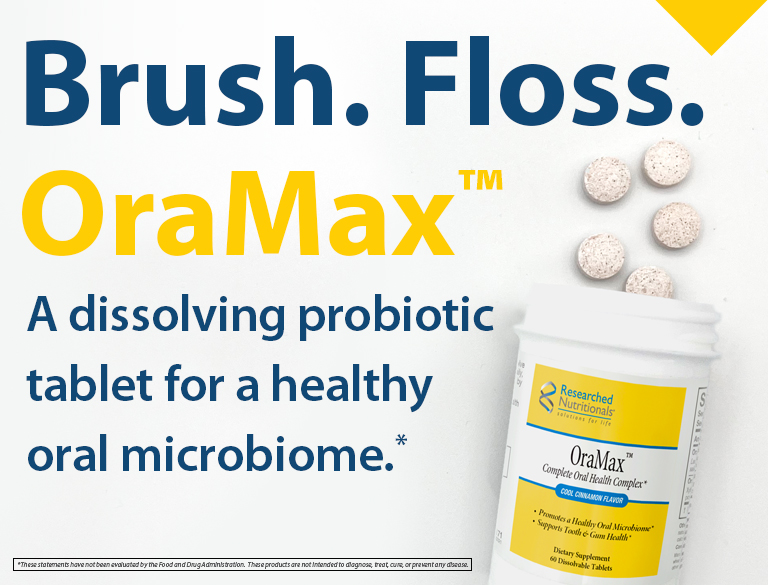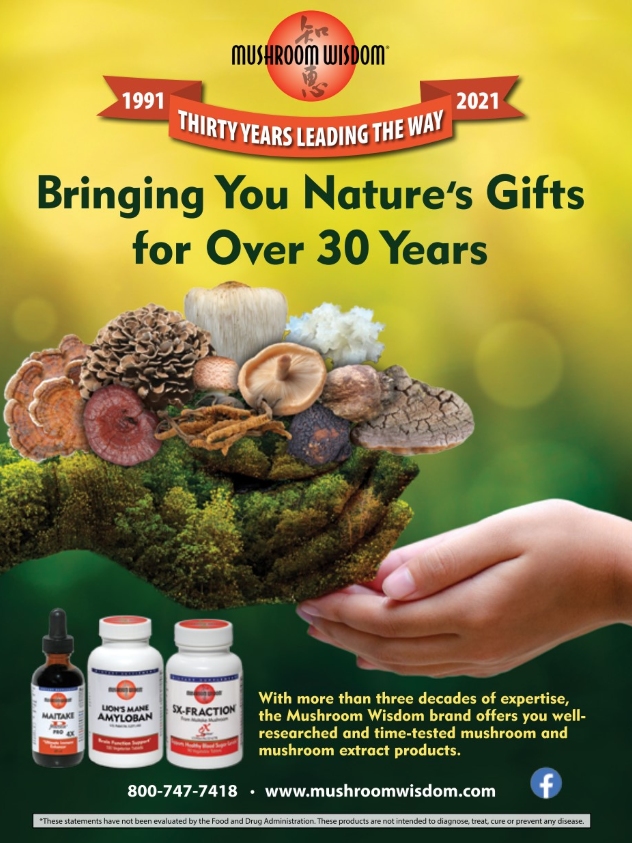By Hal S. Blatman, MD
Integrative practitioners have long recognized a strong relationship between lifestyle and health. And just about everyone has heard of the relationship between cigarette smoking and lung disease. But what about pain? We hear things like: “you are what you eat” and “stay away from the white stuff,” but where does it really matter, how much does it matter, and why does it happen?
Two major roadblocks to a deeper understanding of food pain include plausible deniability and unbelievability. Plausible deniability occurs when a generally accepted cause of the issue helps you avoid the real answer. When you awaken with a stiff neck, plausible deniability is the general acceptance that:
- You slept wrong
- The window was open
- Used the wrong pillow
- Etc.
Unbelievability is that unless you have Ehrler’s Danlos, you can’t really sleep that wrong, and the issue did not come from the window or the pillow. The stiff neck came from some combination of wheat, cow dairy, sugar…and most likely a pizza. That the feeling of a pinched nerve was really set off by food is very hard for most people to believe.
When it comes to pain there are many who realize that lifestyle plays a part, but the significance of food is generally underappreciated. Integrative practitioners have long realized that better nutrition in general will provide for better healing. On the other hand, few really understand and communicate to their patients how their food choices complicate healing from chronic pain. And of those who do, there are even fewer who not only understand how absolute the issues are, but they are further willing and able to communicate the details with their patients without fear of risking the relationship.
It is one thing to suggest that avoiding white processed foods may help a person feel better. It is another to advise a chronic low back pain patient that a teaspoon of a mashed potato can make them miserable for four days. Partial credit can be helpful, but absolute adherence can reduce chronic pain in most patients by more than 40% within six weeks.
And then there is rain pain. This is the term we use for the increased pain that comes with barometric change. Indeed, rain pain means you have eaten something inflammatory to your biology sometime in the past six weeks. Get this right and a chronic pain patient will be surprised by the rain when looking out the window instead of learning about it the day before.
People often refer to a painful area as inflamed. Instead of reporting a painful elbow and forearm the language might be that “my elbow and forearm are inflamed.” We are taught by advertising that taking OTC inflammation-reducing medications will help make us feel better and reduce the pain of activity and injury. Russ Jaffe of Perque Integrative Health stresses that our biology is designed to have inflammation for repair and defense. If we have inflammatory pain, then we have a repair deficit, and our body has switched to a defensive mode and made us hurt. A repair deficit occurs when injury to the body is too great for the available healing resources. If on the other hand we have the resources to make the repair, our body will often heal the injury under our radar, and we won’t even know we got hurt. The soreness we expect to feel on to three days after a hard workout usually represents a repair deficit and food-based inflammation resultant from the workout-related injuries. If on the other hand our body-wide inflammation is low and resources are high, the soreness will be much less if at all—as the injuries repair under one’s radar.
Most people think little about why do we eat? Hunger is about when, and taste is about what. The primary reasons why we eat include:
- Providing fuel to burn for energy,
- Providing raw materials for building new and spare parts.
As a person is trying to heal, low octane fuel will provide for less energy and quicker fatigue. One of the lowest octane fuels is empty calorie sugar. Low quality raw materials will create parts that don’t hold up. A low-quality material might be partially hydrogenated fat for making cell membranes.
In other articles I have described a new paradigm for understanding and treating pain. Anatomy studies have suggested that most pain is reported from free nerve endings sensing shear forces and pressure within the cords of fascia that go through almost all tissue and hold us together. Anything that changes these shear and pressure forces will have an effect on perception, kinesthesia, and pain.
Lifestyle and food choices bring two major effects into the systems that affect pain. On one hand they can impact the shear and pressure forces within the fascia. This does not necessarily cause new injury within the tissue, but it can make areas of injury that are under the radar come up front and center to awareness. Another effect is to change how effective are the mu receptor effects from opiates. Some commonly ingested items have more affinity to pain-relieving receptors than do the opiates.
How food brings old injuries to new awareness is about the dynamic interaction of fascia with our immune system. The same immune system that sets off pain from repetitive strain injury also reacts to substances identified as inflammatory food. And the pain reaction to inflammatory food is body wide…everywhere…and people say they feel like they have been hit by a truck.
The foods we have found to be universally inflammatory to our species include the following:
- Wheat
- Sugar
- Potato (white, red, blue, purple)
- Fruit juice and some fruits
- Fake fat (hydrogenated)
- Artificial sweeteners
- Dairy from cow
Some real-life repeatable examples of how much pain can come from food have astounded me over many years. One does not have to test positive for celiac or even have gut symptoms and a tiny bit of gluten in soy sauce can bring crippling lower back pain for two weeks and another two weeks for it to go away. A teaspoon of mashed potato can bring on lower back pain for four days. A bite of banana or watermelon can bring on pain for two days. If my rheumatoid arthritis patient has a teaspoon of sugar, they will hurt for four weeks. Aspartame from soda can cause FMS pain for six to eight weeks. And then there is dairy from cow, arguably among the most inflammatory substances in a common diet. Your upper shoulders are tight because of a lifetime of injuries to fascia from carrying book bags and holding up the world. The reason the fascia strings and cords in the upper traps are glued together and tender to squeeze is likely an immune/fascia reaction to dairy from cow. A little bit of butter and the shoulders, upper back, and neck will tighten for three to four weeks.
Potatoes have been considered healthier food. Unfortunately, there are glycoalkaloids in potato that increase intestinal permeability, and frying concentrates them and makes them even more dangerous.1-3.
Aspartame elevates serum methanol and increases oxidative stress.4,5 Neither is good for a person in pain.
Pain does not fall down from the sky. If you wake up in pain in the morning that you did not have when you went to bed…and you do not remember falling and hurting yourself during the night, then the increased pain most likely came from last night’s food. It wasn’t the pillow or the window…it was cheese and bread in the pizza. And the stiff neck is not a pinched nerve, and the pain from food goes away in three weeks. If you bend over at 10:30 am and “throw your back out,” it was likely also last night’s food. If you go to bed in pain, you did not have in the morning, the cause was most likely something in breakfast or lunch.
I’m in total agreement: the absoluteness and repeatability are unbelievable. And if you take out dairy and do not see improvement, you likely need to take out the rest. AND then YOU might have some dietary issue peculiar to you that is not on this more universal list. Food elimination strategy and lab testing might be helpful next steps.
Another interesting issue is the affinity of mu (opiate) receptors to sugar. Sugar has been shown to augment the nociceptive properties of morphine in the rat.6 Amazingly consistent, even in the most drug-tolerant patients, is that their medication works a lot better if they do not eat anything that looks or acts like sugar in their body for at least two weeks.
Trigger point injections, acupuncture, and hands on body work will often reduce pain because these techniques can release some of the pain-causing kinks in the myofascia (muscle/fascia as one). If the muscles tighten right back up, glue right back together, and pain returns in on to two days after treatment…it is almost always the food.
There are many lifestyle issues that contribute to an increased perception of pain. These include oxidative stress and other things that decrease a body’s resilience. We might be quick to point out how bad is smoking, but very few practitioners emphasize the relationship of pain and food. I have a trigeminal neuralgia patient who admits being 80% improved from self-care of her fascia and an absolute avoidance of food that is inflammatory to her body.
I believe that there is no one diet that is best for everybody. I do, however, see a “do not eat” list that applies to our entire species. Your body’s job is to make you feel good 24 hours/day. If it is not doing that, it is sending you to your room for doing something it does not want you to do. When your patients report exacerbation of their pain, carefully question their food choices in the 12-24 hours before the noticed onset. Then observe the duration of the increased pain. It is rare that careful examination of ingredients fails to reveal a food cause to an exacerbation of pain.
References
- Iablokov V, et al. Naturally occurring glycoalkaloids in potatoes aggravate intestinal inflammation in two mouse models of inflammatory bowel disease. Digestive Diseases and Sciences. 2010;55(11), 3078–3085.
- Patel B, et al. Potato glycoalkaloids adversely affect intestinal permeability and aggravate inflammatory bowel disease. Inflammatory Bowel Diseases. 2002;8(5), 340.
- Tajner-Czopek A, et al. The influence of thermal process of coloured potatoes on the content of glycoalkaloids in the potato products. Food Chemistry. 2012;133(4), 1117– 1122.
- Davoli E, et al. Serum methanol concentrations in rats and in men after a single dose of aspartame. Food and Chemical Toxicology. 1986;24(3), 187–189.
- Choudhary A, Devi R. Serum biochemical responses under oxidative stress of aspartame in wistar albino rats. Asian Pacific Journal of Tropical Disease. 2014;4, S403–S410.
- Kanarek RB, Homoleski B. Modulation of morphine-induced antinociception by palatable solutions in male and female rats. Pharmacology Biochemistry and Behavior. 2000;66(3), 653–659.
Hal S Blatman, MD, is founder and medical director of the Blatman Health and Wellness Center, based in Cincinnati, Ohio, and also in NYC and Seattle where he is affiliate faculty at Bastyr University. When we look through the lens of integrative/functional/holistic medicine many feel that this new world is much different than the medicine we were taught. Understanding the relationship between food and pain opens up an understanding of injury and healing from pain that sets a new standard for care. Dr. Blatman leads a team that specializes in restoring our biology from the many dimensions of injury, utilizing 30 years of experience in medicine.










